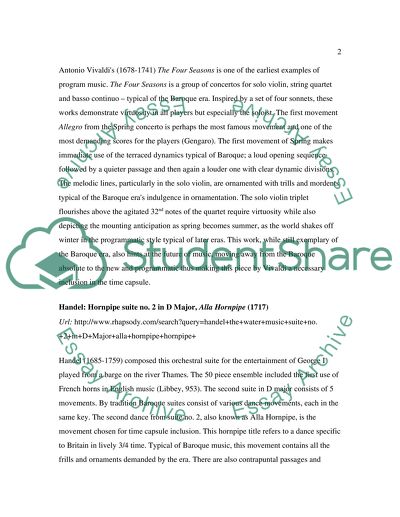Cite this document
(“The Playlist of Classical Music with Details Essay”, n.d.)
The Playlist of Classical Music with Details Essay. Retrieved from https://studentshare.org/music/1437563-rhapsody-reseach-paper-time-capsule-
The Playlist of Classical Music with Details Essay. Retrieved from https://studentshare.org/music/1437563-rhapsody-reseach-paper-time-capsule-
(The Playlist of Classical Music With Details Essay)
The Playlist of Classical Music With Details Essay. https://studentshare.org/music/1437563-rhapsody-reseach-paper-time-capsule-.
The Playlist of Classical Music With Details Essay. https://studentshare.org/music/1437563-rhapsody-reseach-paper-time-capsule-.
“The Playlist of Classical Music With Details Essay”, n.d. https://studentshare.org/music/1437563-rhapsody-reseach-paper-time-capsule-.


